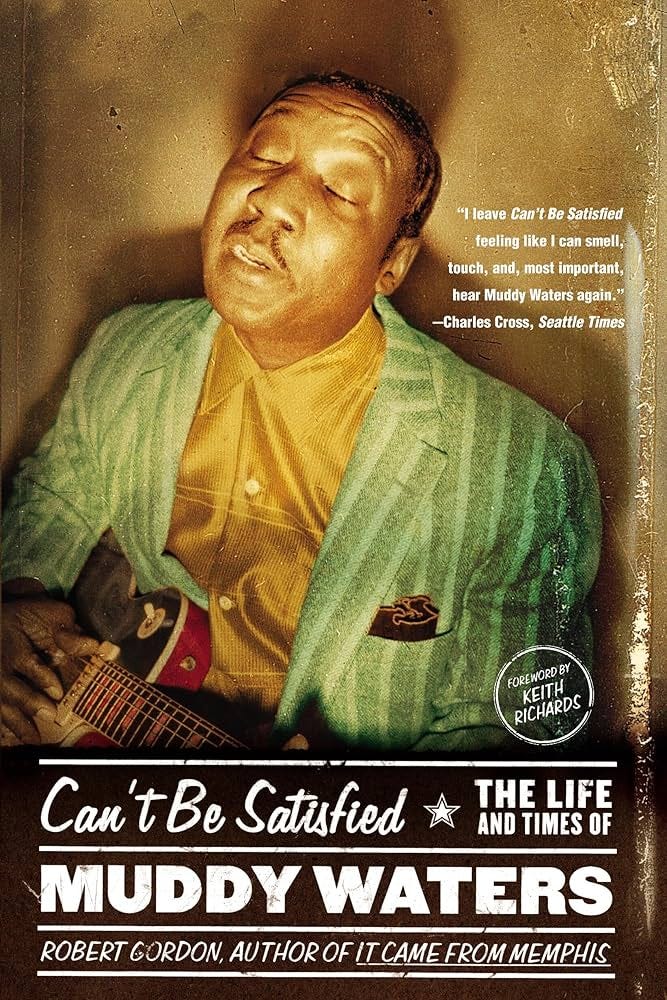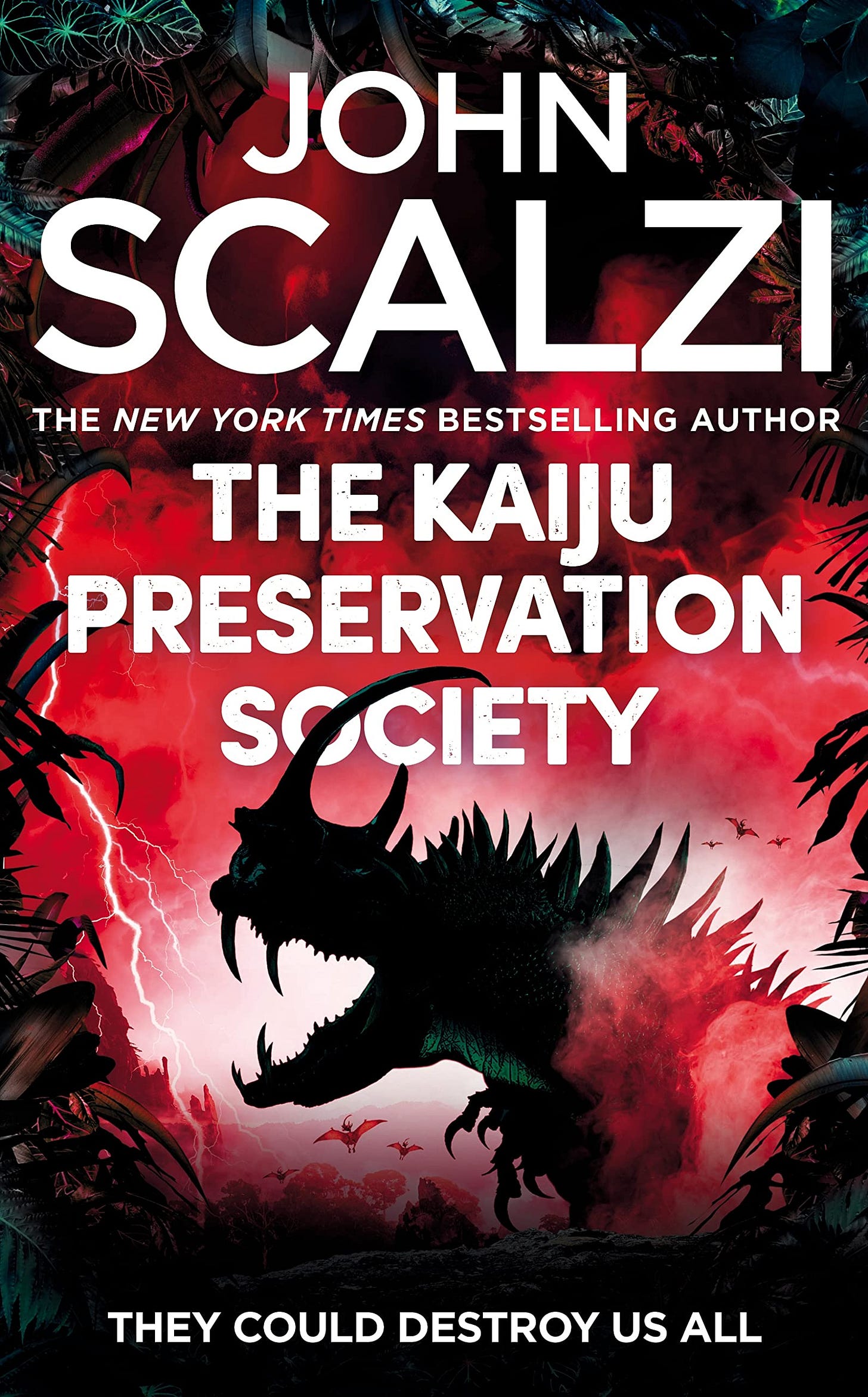But First, I Fawn…
I’ll get into the usual newsletter comings and goings in a sec. As a huge fan of Comic Cons, I try to get to C2E2 in Chicago as often as I can. This year, I went with my dad and my brother to sit in on the Lord of the Rings panel and overpay for a dorky photo op with Frodo and Sam:
But what I love about C2E2 is that they bring in a few authors, as well, and this year I was able to meet and have books signed by Veronica Roth (the Divergent series) and Tomi Adeyemi (the Legacy of Orïsha Series).
I have wanted to meet Tomi for a few years now, since she’s probably the single most successful author in the history of PitchWars and I was a PitchWars mentor in the contest’s final year. I had an ARC (advanced reader copy) of Children of Blood and Bone that I got from an English teacher’s conference back in 2018 because the rep at Holt (MacMillan) told me it was “The One” that year. Turns out they were right, and I had a great time talking through her steady success over the past several years.
If this book is new to you, you’re about to hear a whole lot more about it, as it’s slated to be a feature film with a fantastic cast, including Viola Davis, Cynthia Erivo, Idris Elba, Chiwetel Ejiofor, and many more. This woman is living the life, team, lemme tell ya.
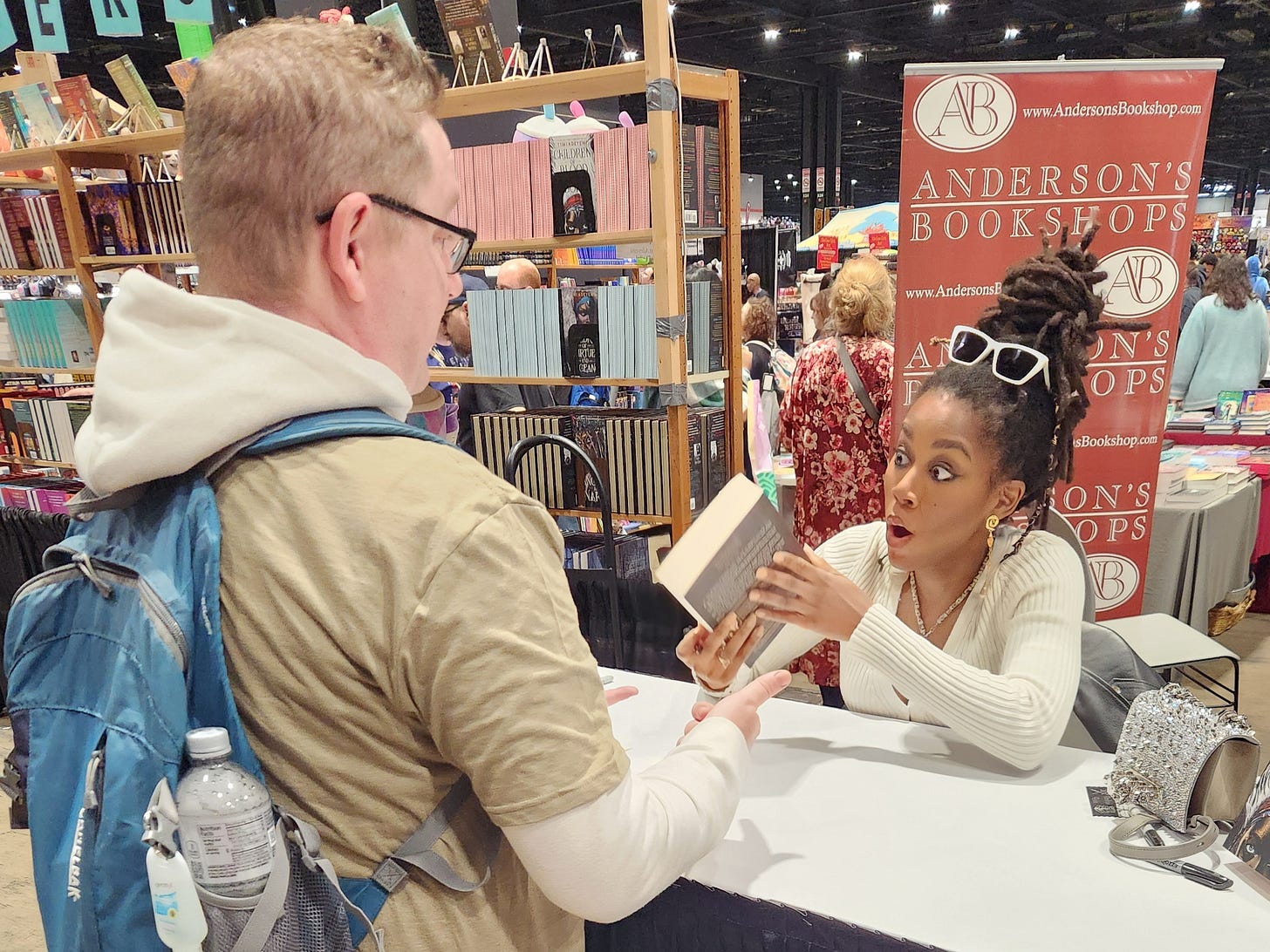
Also, I’m not sure what Veronica Roth and I were talking about here, but I think this image captures just how charming I am in person:
What I Learned About Writing From Rapping in the Late 20th Century
As happens every few years at the high school where I teach, my students figured out that I used to rap in high school and college. Don’t bother googling it because there is no photo evidence of this. But pulling up some of my old songs got me thinking about my formative teenage years and how hip-hop made me fall in love with writing.
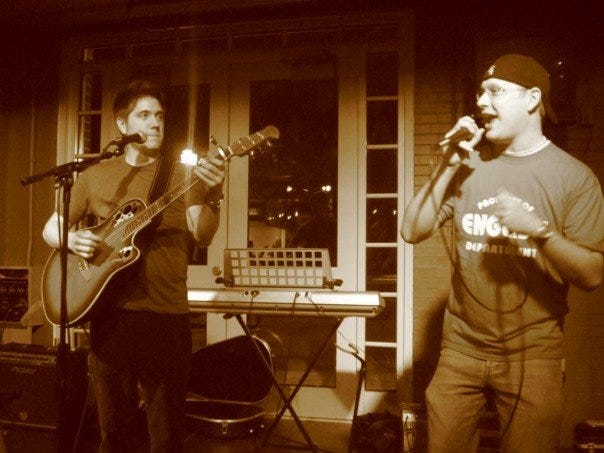
Like a lot of kids (especially the bookish ones), I wrote little stories here and there in grade school, but I never became truly and fully obsessed with the craft of writing and the art of language until I started rapping.
I know rap isn’t for everybody, but you can’t look at a Kendrick Lamar quintuple-entendre and tell me he’s not working at the same level as an esteemed poet like T.S. Eliot. I mean that sincerely. Like Eliot, Lamar packs his work full of dense allusions. Eliot would often reference myths, literary classics, and religious texts, while Lamar references history, religion, pop culture, Black intellectuals, and even his own earlier songs. And like Eliot, who helped redefine the sound of poetry by using rhythms that mimic speech and prayer, Kendrick experiments with form in hip-hop by breaking up expected flows and rhyme schemes, improvising, and turning versions into pseudo-sermons.
In other words, I know that some (or maybe even a lot) of rap isn’t especially intellectual, but I fell in love with the best of it. The wordplay. The metaphors. The structure. The flow.
But I wasn’t thinking about any of that when I started rapping. I wrote my first verse when I was fifteen years old. It was fine—closer to bad than good—but the rush of adrenaline I experienced when I was done, that it could be done, illuminated my perspective on the music I had already been listening to. Once the mystique was broken and I realized I could do it, I poured my whole life into learning how to do it well.
I started studying 2Pac, Common, and The Roots for poetry; Wu-Tang Clan, Biggie Smalls, and Outkast for unconventional rhyming patterns; Busta Rhymes, DMX, and Redman for energy; and Bone Thugs ‘n’ Harmony, Snoop Dogg, and Mos Def for flow. I obsessed over every syllable from Nas. From Rakim. From Eminem. From Mystikal, Jay-Z, Talib Kweli, The Fugees, Big Pun, Missy Elliott, and Timbaland.
This was pre-internet, so to learn these songs, I’d pause the CD every few words and write down the lyrics, and then I’d memorize and analyze them. I’d copy these rappers’ styles, their rhyme patterns, and sometimes even bits and pieces of their lyrics. I’d go to Sam Goody and buy the singles of whatever songs included the instrumental track so I could practice rapping over them myself. It was all-encompassing for me, but the more I understood it all, the better I got. And the better I got, the more fun I had doing it.
Why do I mention all of this in a blog about editing fiction? Because this is how I think writers should start writing. Find something you love, pick it apart, and then copy it—not because you intend to query it, but because you want to learn and grow. This is exactly why I tell writers that fan fiction sites are the perfect place to hone their craft. They get to start with existing characters in existing universes and build original stories in a way that fits what they already know and love.
Then, slowly, they find their own voice and style and, through attrition, learn enough to remove the training wheels and write stories entirely of their own minds and hearts.
Once you’ve done that, you keep doing that until you get an agent. And then a book deal. And if all goes well, someday a brand-new writer will write fan fiction based on your stories, and the cycle continues.
I’m not a rapper anymore (as far as anyone knows—I could be Duke Silvering it on weekends and you’d never be able to prove it).
Despite that, what I learned from studying hip-hop prepared me for poetry, which prepared me for prose, all of which prepared me to learn the essential building blocks of being a person who works with words.
The message, I suppose, is to start somewhere, even if it’s not at The Top. What I love most about writing is that it’s impossible to know everything, and that it’s impossible to be perfect. Put your foot on the first stair, and climb one step at a time. In time, you too can rap in sepia tone in the basement of your small liberal arts university’s student center. We should all be so blessed.
Brigham Editorial Client Success Stories!
It has been a great spring for those in the Brigham Editorial Cinematic Universe (BECU)!
First, I am so proud of Angelica Cheng, my #RevPit winner from last year. She landed an agent at Inkwell by January, and she had a two-book deal with friggin’ Simon & Schuster by March. Like, in a year this woman went from #RevPit applicant to agented author to recipient of a multibook deal with a major publisher.
Trust me when I tell you this book is fantastic. You can already add it on Goodreads by checking out The Fast Track, by Angelic Cheng. I kindly ask you to add it to your TBR pile.
Also, a big congrats to Sarah Goehrke, one of my most talented clients, who found a home for her witches with Quills and Cosmos, a small indie press that apparently has very good taste:
Sarah and I did a lot of work on this book together (as well as the sequels, which, in my opinion, are even better than the first book, if such a thing were possible). It is not Goodreads yet, but rest assured, I will be noisy about when it is.
I can’t wait for both of these books to exist, and I hope more of you get similarly good news in the very near future!
What I’m Reading
I don’t know what it was about this past April, but I don’t think I’ve ever been busier in my whole life. With so many things I had to get done, I was forced to give up some of the things I really wanted to get done, like reading books for funsies. By the time I finally get into bed at night, I might read two or three pages before falling asleep against my will. And that’s when I actually make it into bed. Some nights, I’ll just fall asleep on the couch!
Those excuses aside, here’s what I read this past month and what I learned about writing and editing while reading:
All Better Now, by Neal Shusterman
Shusterman is the king of the high concept. The Scythe books are about a future in which human beings have solved mortality, so reapers have to randomly cull the population. You can imagine the conflict, characters, and plot twists that result from such a thing. His book Dry is about an America that runs out of water. And his latest book, All Better Now, is about a pandemic where the disease eliminates people’s negative emotions, and characters fight over whether to stop it or let it spread.
The book was a “like-not-love” situation for me, but what’s notable here is that I couldn’t read that book description and NOT read this book. Consider the stakes: this disease, if outlived, makes people immeasurably happy, but the disease also kills more people than any other pandemic in modern history. I love stories that live in ethical gray areas, and this is one of them—do we let people seek happiness if the potential cost is death?
Can’t Be Satisfied, by Robert Gordon
I just finished reading this biography of Muddy Waters, and I loved it. To be fair, I love the blues in general, so this book about the father of modern Chicago blues wasn’t a hard sell for me. The Rolling Stones named themselves after Muddy’s song “Rollin’ Stone” (Keith Richards actually writes the forward to this book). Led Zeppelin’s “Whole Lotta Love” is basically a ripoff of Muddy’s “You Need Love.” Eric Clapton’s Cream famously covered “Rollin’ and Tumblin’,” and Bob Dylan’s “Highway 61 Revisted” references the highway that ran near Muddy’s birthplace in Mississippi. If there was a Mount Rushmore for American music icons, Muddy Waters would absolutely be on it.
My favorite anecdote from the book: While Muddy Waters was married twice, he never had a wedding photograph taken with either woman. But the day his first album was printed, he went right to a professional photographer and paid to have his picture taken with it. Those photos were among his most prized possessions for the rest of his life.
The Kaiju Preservation Society, by John Scalzi
If you’ve been a follower of this newsletter for long, you know how much I love Scalzi. This is a book about scientists studying a different universe in which Kaiju (a massive sea beast that served as one of Godzilla’s most formidable foes) are the Earth’s apex predator. It’s fun, outrageous, and exciting, and sometimes that’s all you need for a book to be great.
That’s it for this month, folks. I hope you all have a great spring!
Hugs & High Fives,
-Joel





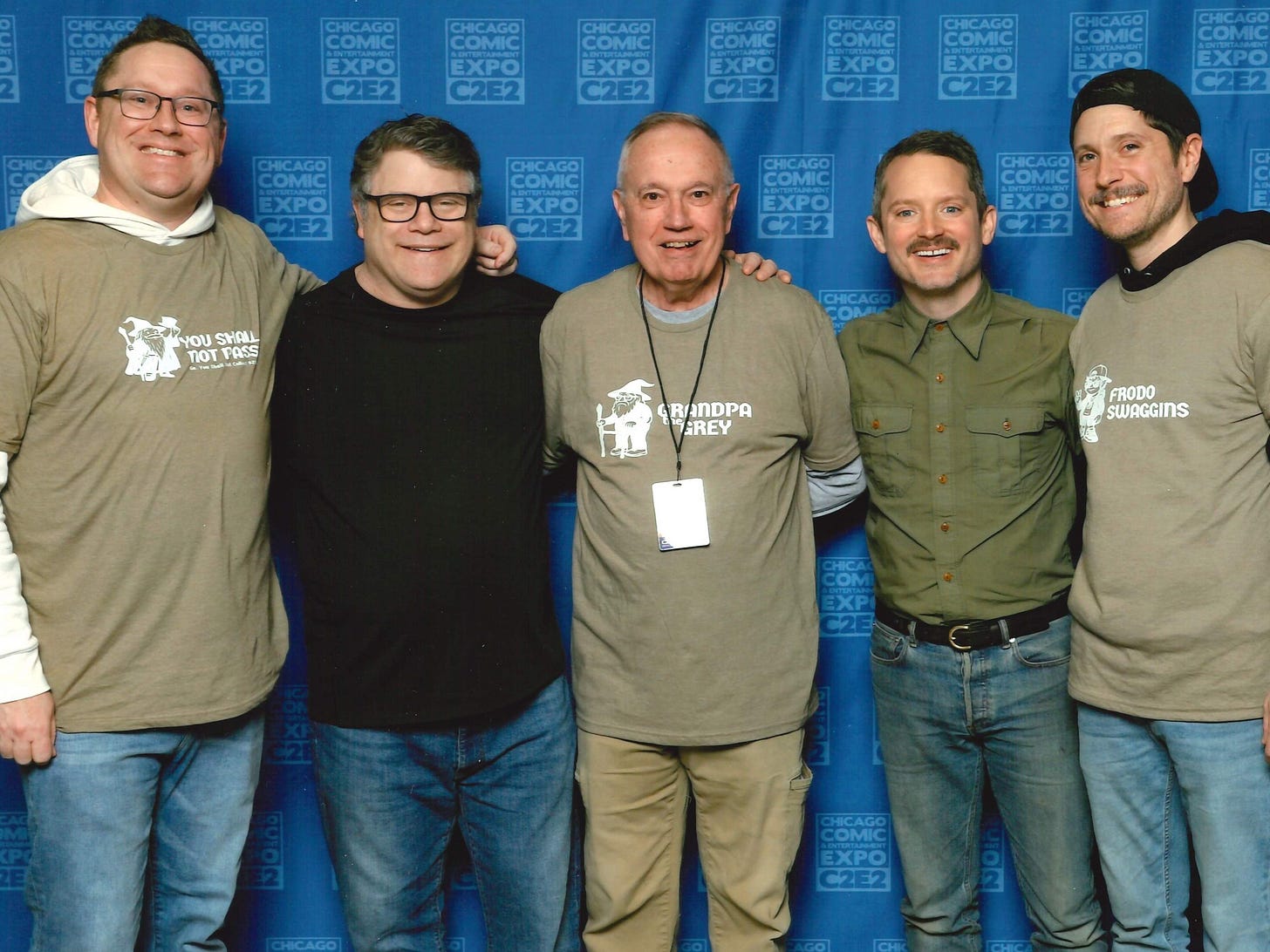
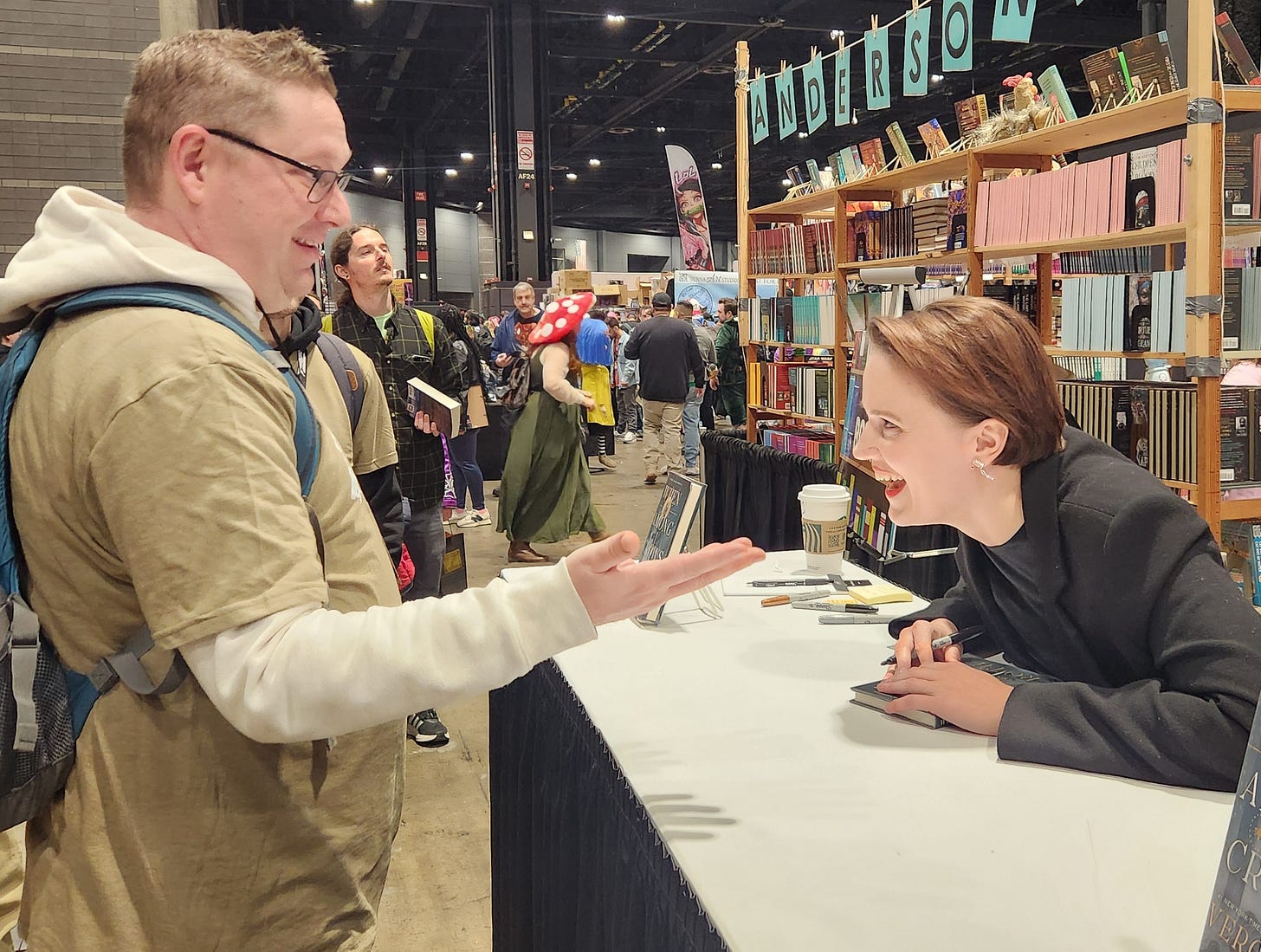
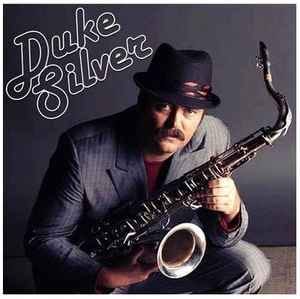
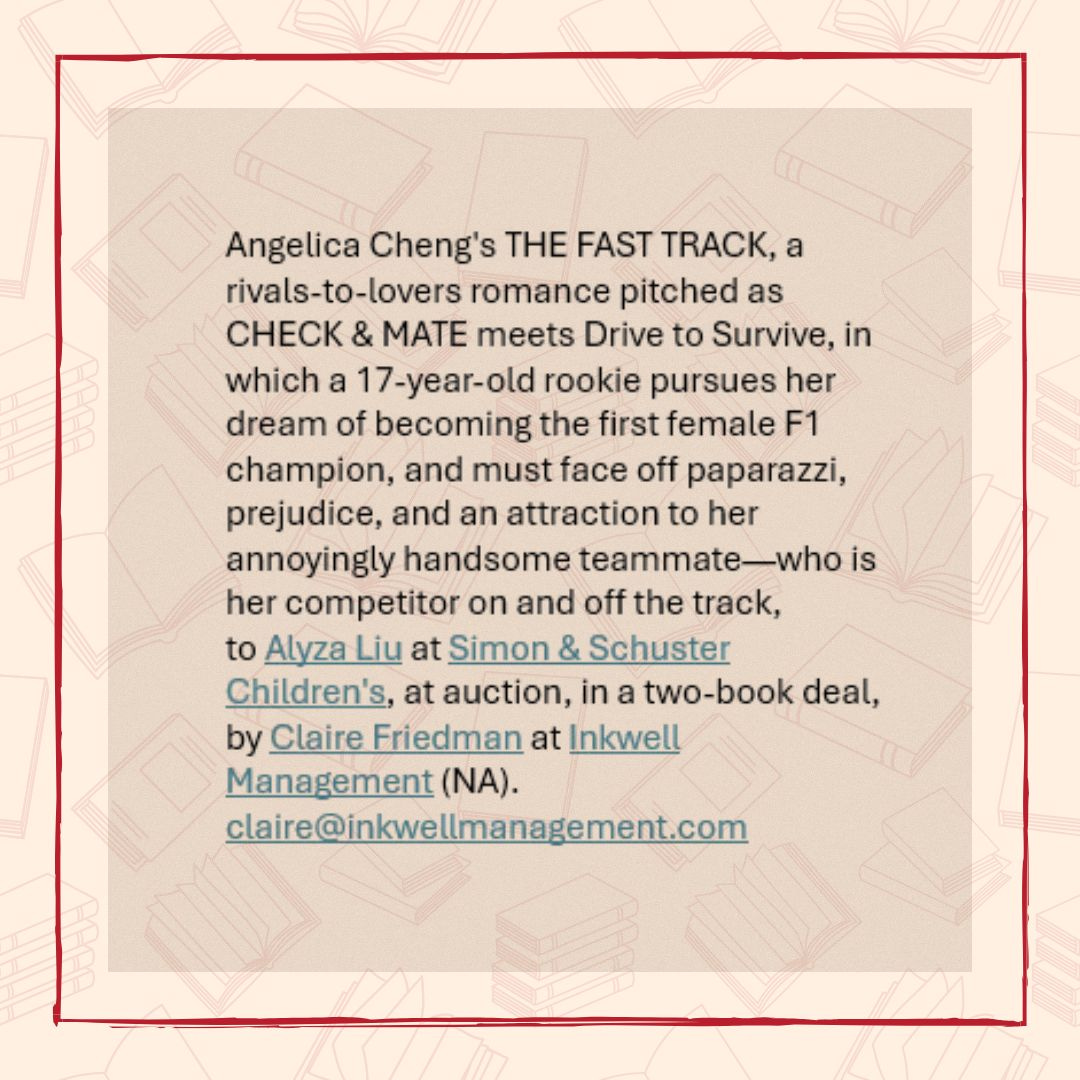
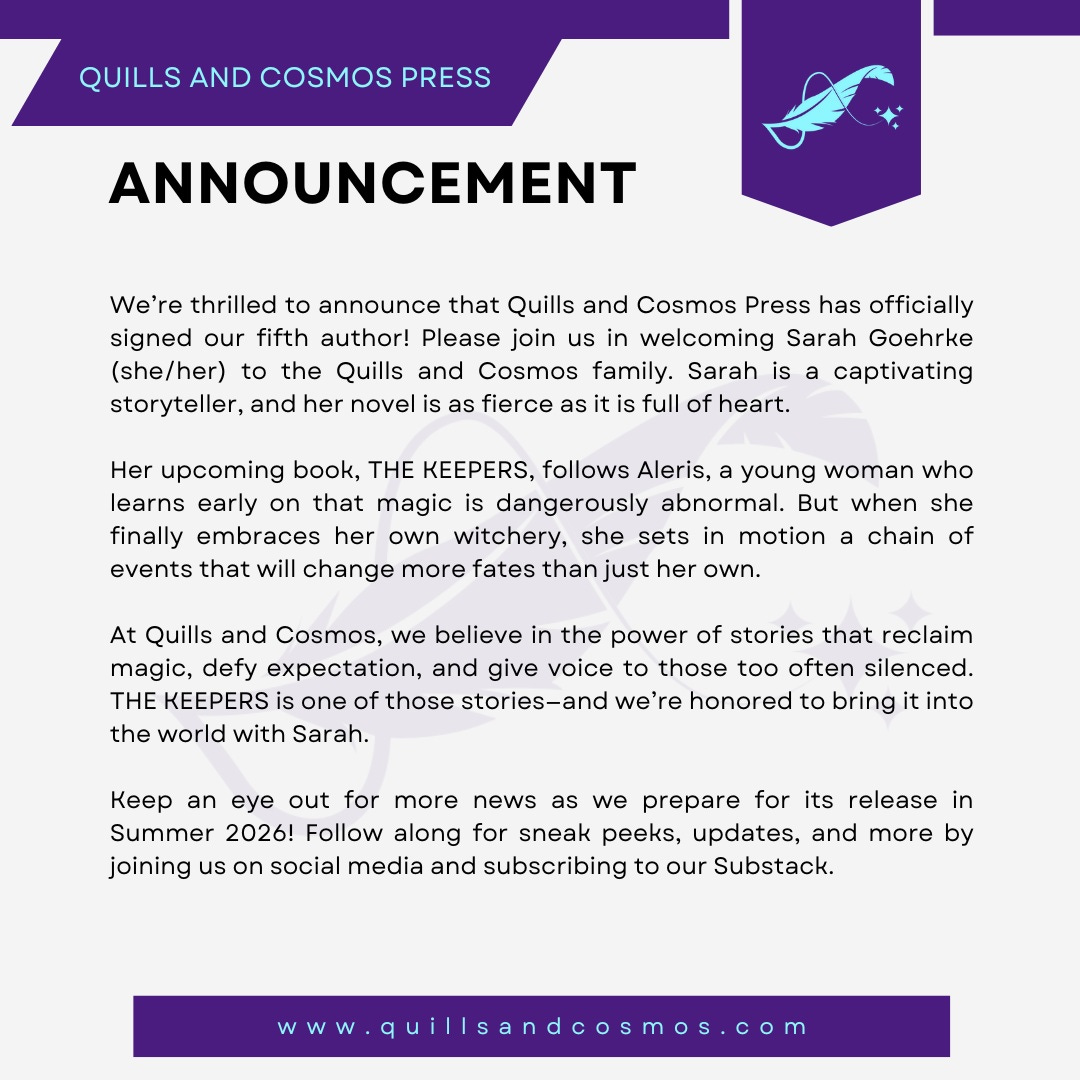
![All Better Now [Book] All Better Now [Book]](https://substackcdn.com/image/fetch/$s_!5n_6!,w_1456,c_limit,f_auto,q_auto:good,fl_progressive:steep/https%3A%2F%2Fsubstack-post-media.s3.amazonaws.com%2Fpublic%2Fimages%2Fb3e5017e-88fb-49a4-be8f-f26d79f38e63_677x1000.jpeg)
